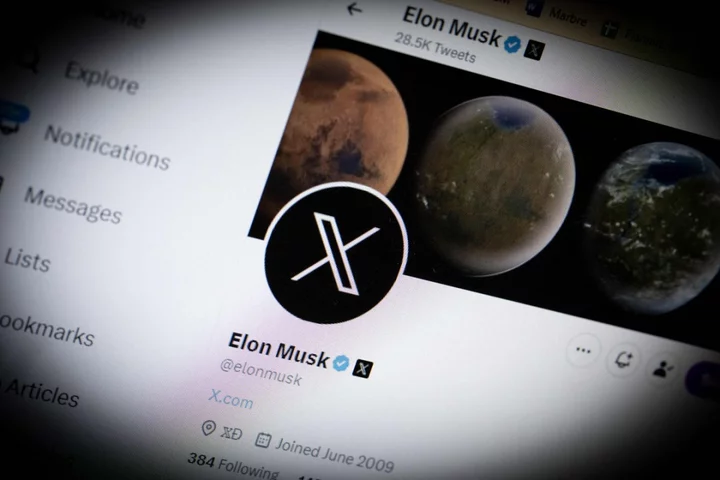Fat Bear Week is, above all, a celebration.
Alaska's Katmai National Park and Preserve is one of the wildest, least developed national parks, allowing an untrammeled natural world to flourish. This results in a lake and river ecosystem teeming with salmon, and consequently, impressively fat bears.
"Fat bears exemplify the richness of Katmai National Park and Bristol Bay, Alaska, a wild region that is home to more brown bears than people and the largest, healthiest runs of sockeye salmon left on the planet," park rangers at Katmai National Park and Preserve told Mashable over email.
Fat Bear Week, which occurs around the first week of October each year, is an online event organized by the Park Service and wildlife livestreamers explore.org. The event shows how the region's brown bears have fared after months of devouring 4,500-calorie sockeye salmon. Fat bears are healthy, successful bears, endowed with ample fat stores to survive the long, harsh Alaskan hibernation.
SEE ALSO: Park rangers saw something unprecedented in this year's fat bears"Each winter, curled snug in their dens, brown bears endure a months-long famine," Katmai's rangers explained. "During hibernation, bears will not eat or drink and they will lose one-third of their body weight. Their winter survival depends on accumulating ample fat reserves before entering the den. Katmai’s brown bears are at their fattest in late summer and early fall after a summer spent trying to satisfy their profound hunger."
Fat Bear Week allows the public (you) to vote online for the fattest bear (voting is done on the explore.org website and begins on Oct. 4, 2023 at 12 p.m. ET). It's a playoff-like, single-elimination tournament that lasts about a week. The Park Service has revealed the 2023 competitors and bracket, which you can see below:
The 2023 Fat Bear Week bracket. Credit: Katmai National Park and Preserve / Explore.org / Katmai Conservancy Bear 32, aka "Chunk," in 2020. Credit: N. BOAK / NPSMany of the bears in the tournament are well known, which spices up the contest. They've been live on camera along Katmai's 1.5-mile-long Brooks River all summer, where they fish in strategic spots (like below a waterfall). Many bears return annually to feast, so biologists and bear cam viewers alike know the animals' life history and temperament.
2019's champ, bear 435 "Holly," is recognized for being an excellent mother. In 2014, Holly "adopted" (from the human perspective, anyhow) an abandoned cub — a helpless young bear who was sure to die soon. Bear 480 "Otis" is a popular bear who, though aging and missing teeth, is exceptional at catching fish in his usual spot beneath the Brooks River waterfall, a place dubbed "Otis' Office."
Both Holly and Otis are perennial favorites in the tournament. They have stiff competition, however, from enormous bear 747, an animal that annually grows to well over 1,000 pounds by summer's end.
While each Fat Bear Week ends with a champion, all of these animals are winners. Katmai might sometimes seem like utopia for the animals — a protected land teeming in fish — but the bear world is undoubtedly harsh. Dangers from other bears loom large, and bears must strive to put on hundreds of pounds over the summer months to ensure they survive the long winter famine.
For male bears, bigger means more dominant and access to the best fishing spots. A female must catch enough fish to support both herself and her cubs. Younger "teenage" bears, meanwhile, must fend for themselves in a realm dominated by older, larger, and vastly more experienced bears.
"Each bear faces its own challenges in order to gain the body mass necessary to survive," Katmai's rangers said.









